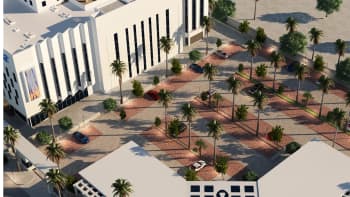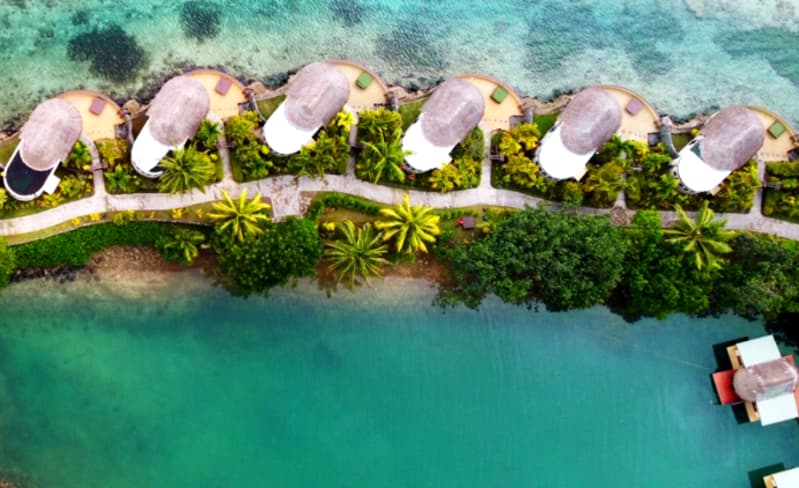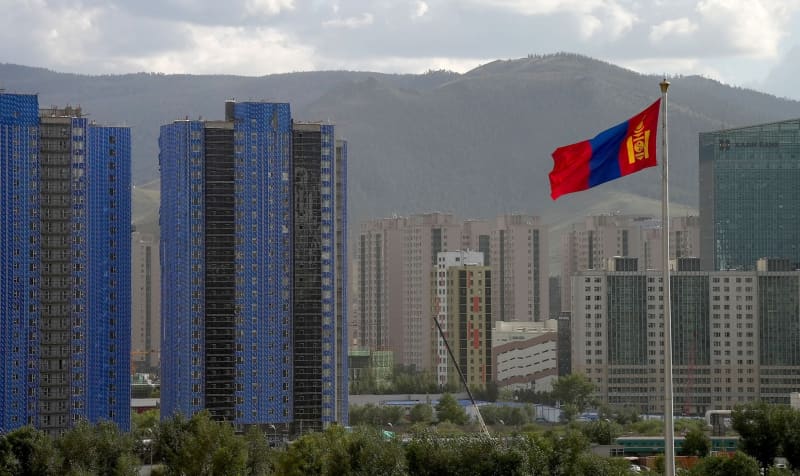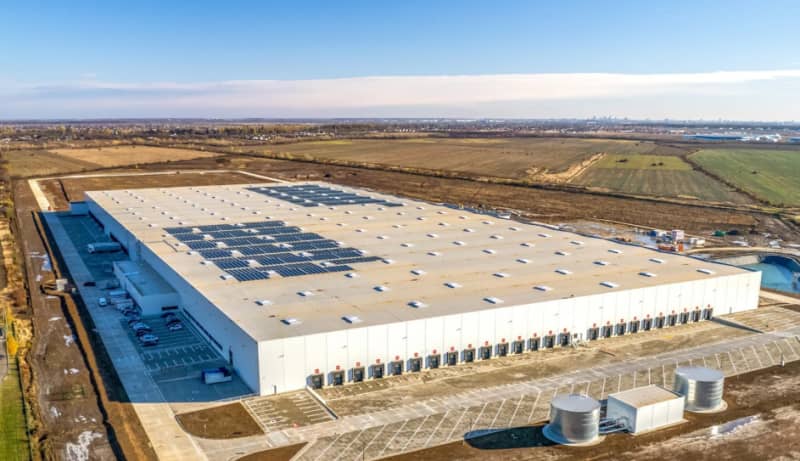How Harnessing the ‘Green Building’ Movement in Egypt Could Help Protect its Future
Egypt’s millenia-old legacy of ‘building smart’ could translate into the mass adoption of green buildings, helping protect the country from the effects of extreme weather events
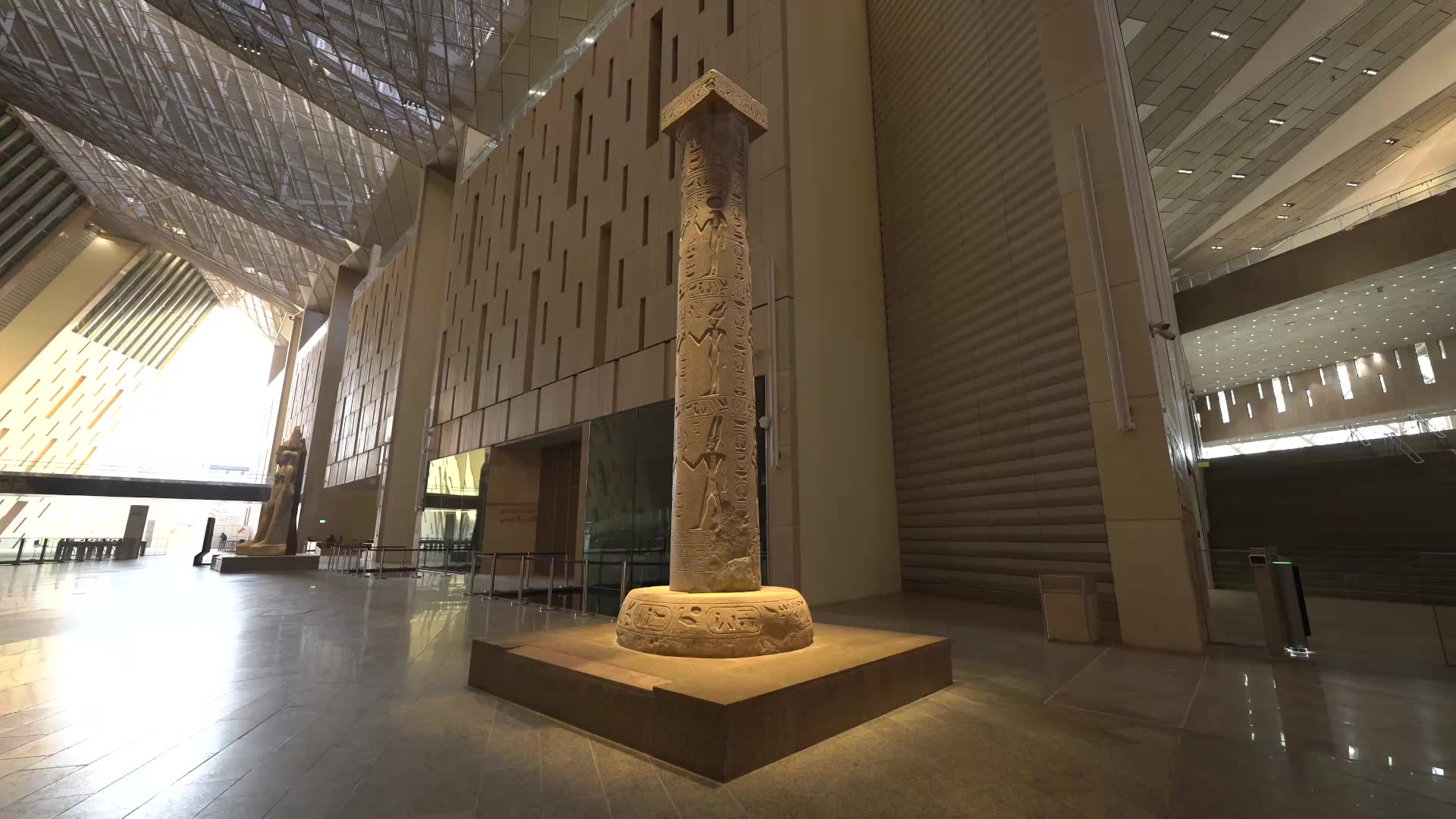
Dappled sunlight seeps through the translucent aluminum ceiling arching over the atrium of the Grand Egyptian Museum (GEM) in the Egyptian city of Giza. The light falls onto a towering 3,200-year-old statue of Ramses II. Outside, through full-length glass windows, stand the ancient pyramids of Giza.
Sprawling across half a million square meters, the GEM is the largest archeological museum in the world. Enormous and intricate, it’s a memorial to the architectural feats of Egypt’s ancient rulers.
But the GEM is also a modern marvel that incorporates state-of-art resource efficient design.
The building was recently recognized as the first IFC-EDGE Advanced Green Museum in Africa and the Middle East for its resource efficiency in design, construction and practice. The building’s sustainability measures include a reflective roof, efficient lighting and water fixtures, and smart meters to gauge energy consumption.
With these features, the GEM’s energy costs and water use are 60 and 34 percent lower respectively compared to a conventional building of its type and size.
"The building is a shining example of innovation and environmental stewardship,” said Egypt’s Minister of International Cooperation, Dr Rania A. Al-Mashat in a statement after the museum received its EDGE certificate.
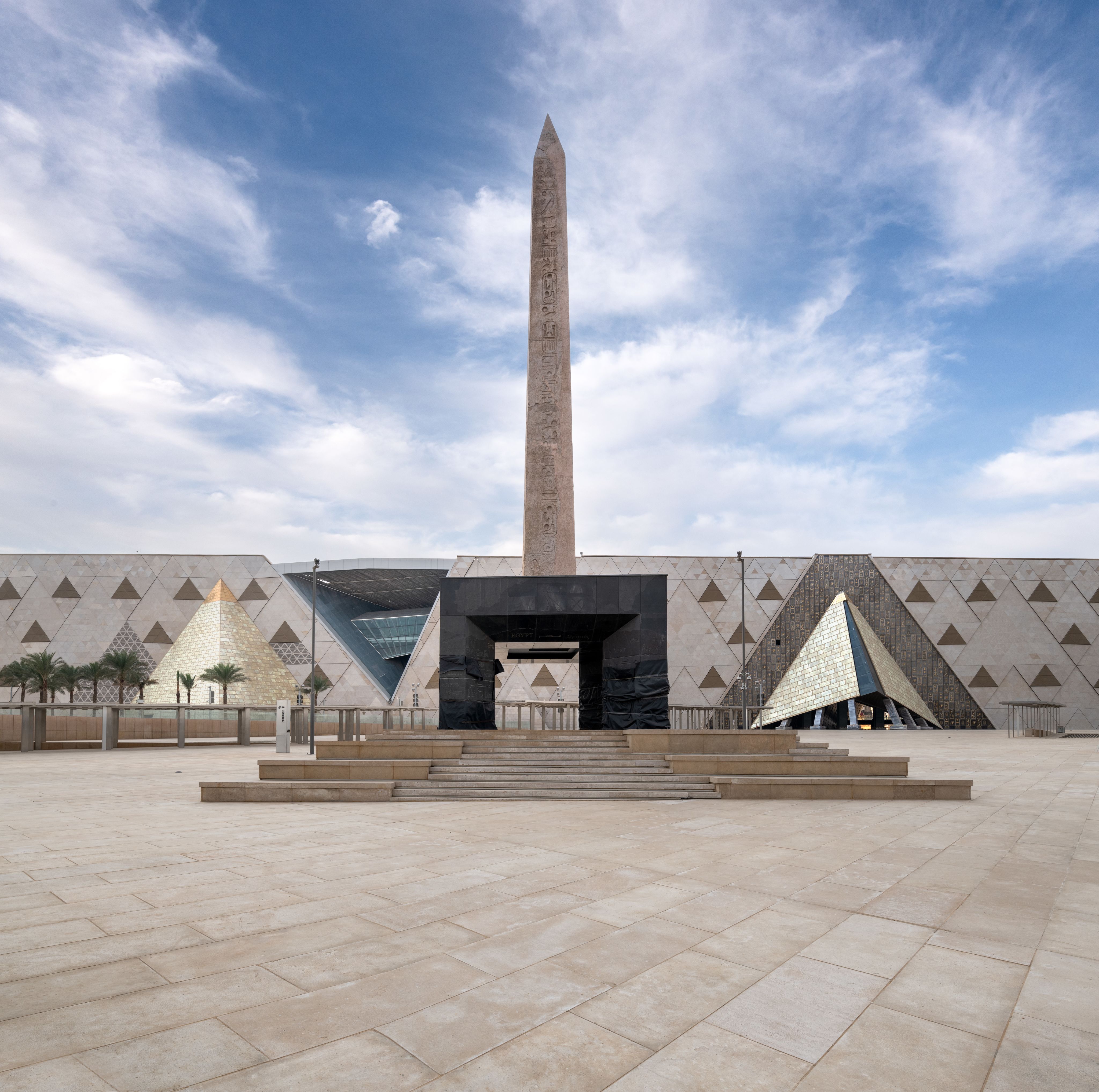
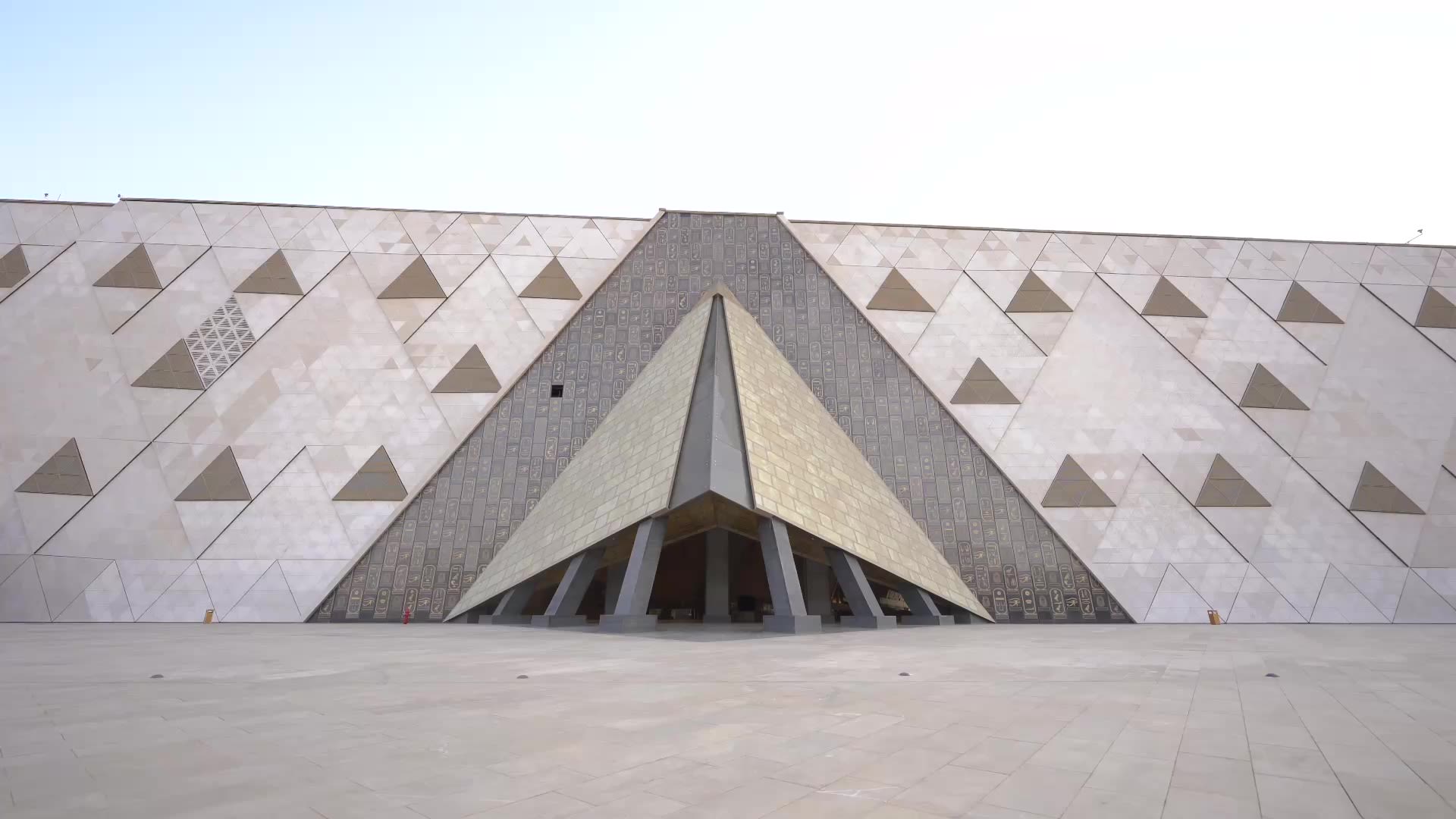
Building Green
Egypt’s construction sector is booming, racing to keep up with population growth and the relentless demand for housing, offices, schools, and other buildings.
Construction is the largest contributor to Egypt’s economic growth, making up 14 percent of GDP in 2022, and is anticipated to grow by more than ten percent annually between 2023 and 2026, according to Egypt’s Central Bank.
Construction—and the use of buildings—are, however, extremely carbon intensive, responsible for almost a fifth of Egypt’s greenhouse gas emissions, according to the Intergovernmental Panel on Climate Change
This is especially serious in a country vulnerable to extreme weather events in the form of increased temperatures and decreased rainfall, and already beleaguered with power and water shortages.
“Egypt is an arid country, and its population is vulnerable to water scarcity,” said Deo Onyango, Senior Climate Finance Industry Specialist at IFC. “Green building techniques will help protect the country as extreme weather events continue to exacerbate conditions.”
Although only a small fraction of buildings in Egypt could currently be considered green, recent marquee projects—including the GEM— point to a growing awareness that more sustainable, energy-efficient buildings are essential to Egypt’s future.
In addition to the environmental benefits, developers are starting to recognize the lower costs of operating these buildings—which provide average energy savings of about 30 percent—even though up-front costs can be higher, in part because of non-standard fittings and finishes.
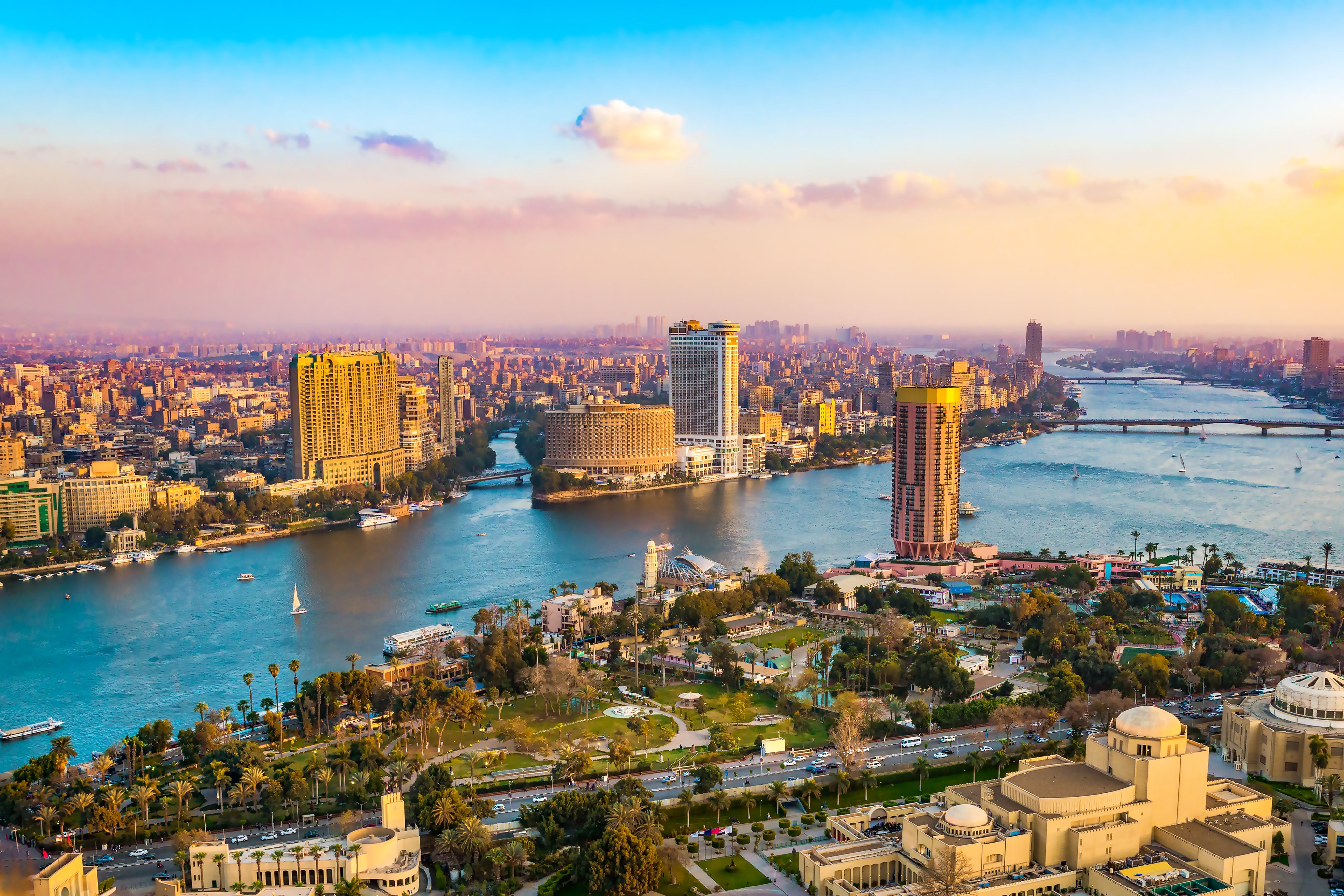
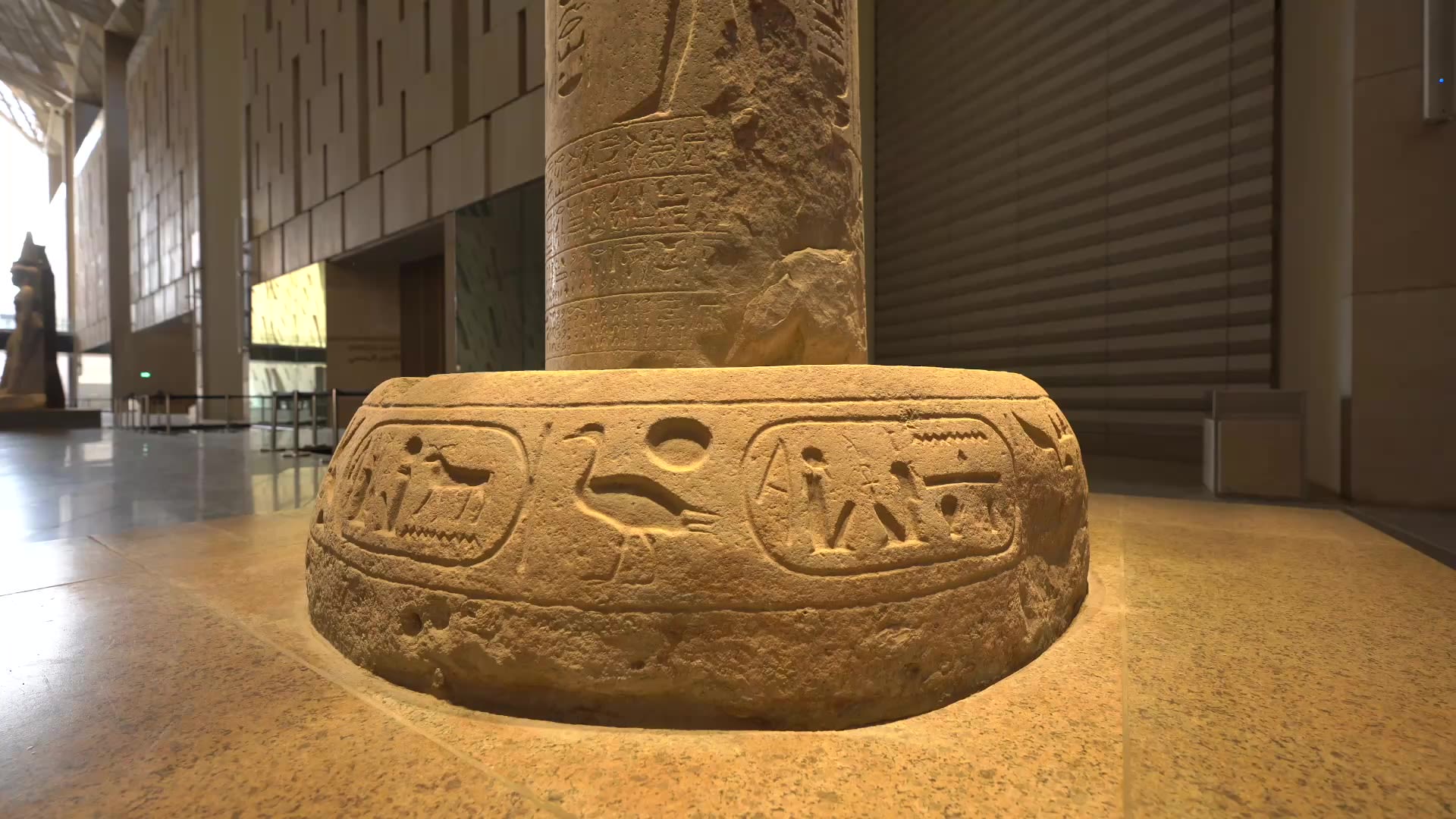
The historical post office in Aswan, near Egypt’s southern border, exemplifies the long-term benefits of building green. The post office was recently renovated to retain its historical character and to meet new energy efficiency standards. Thanks to new eco-friendly technology and design elements, the building was recently EDGE-certified for having achieved 33 percent energy and 25 percent water savings.
In recognition of this, the Social Housing and Mortgage Finance Fund (SHMFF), which was established in 2011 to provide affordable homes to low- and middle-income Egyptians, has overseen the construction of 25,000 green housing units in Egypt since 2021, with plans to build and EDGE-certify 30,000 more in the short-term.
“These green homes are made with hollow clay bricks and low clinker cement to increase energy efficiency,” said May Abdel Hamid, CEO of the SHMFF. “They also use climate-smart materials to boost thermal insulation, and water-saving devices on faucets. A green home built in this way will have between 33 and 39 percent lower carbon emissions than a traditional one.”
This is a start, but more than 1 million homes were built in Egypt between 2021 and 2022. Other than the social housing project, only a few hundred buildings have been certified green so far.
Supporting the Transition
For green buildings to be more widely adopted in Egypt, experts believe that government should set mandates for Egyptian property developers; that green building materials should be locally manufactured rather than imported; and that a national campaign to drive awareness of the benefits of sustainable buildings should be encouraged.
“Policymakers and financial institutions need to be really intelligent about how we support developers to reduce that higher risk premium in the real estate development process,” said Onyango. “This is where institutions such IFC are looking for direct interventions.”
IFC and local finance institutions are working to make funding available for green building developers in Egypt and elsewhere at interest rates that help mitigate for green developers’ risk.
Initiatives such as the Market Accelerator for Green Construction (MAGC), an IFC partnership with the UK government, provides a blueprint for ways to directly compensate for that higher risk premium and directly compensate the developer for the additional costs of greening, according to Onyango. The program recently expanded to 23 emerging markets, including Egypt. It aims to establish a collective green construction portfolio of over $7 billion by 2025.
The MAGC program provided an anchor investment into the country’s first green bond, issued by Egypt’s Commercial International Bank (CIB) in September 2020. Proceeds from CIB’s green bond will be used solely to fund or refinance qualifying green assets.
IFC complements its green bond investments in Egypt with advisory services to help clients assess and identify climate development opportunities and develop monitoring and reporting processes in line with green bond reporting requirements.
IFC is also supporting green building efforts through its pioneering of the EDGE green building certification, which provides guidance to property developers and rates the energy efficiency of their buildings in a fast, easy, and inexpensive way. The EDGE program is part of IFC’s greater Green Buildings Market Transformation Program (GBMTP), which helps create a virtuous cycle of supply and demand in emerging markets for resource-efficient building design, construction, and ownership. The program aims to enhance the ecosystem of the green buildings market in Egypt through supporting the Government in developing conducive policy and regulatory frameworks, building government capacity to regulate and implement green building standards, and raising awareness of the importance of green buildings.
“IFC’s work in this area in Egypt is focused on building an ecosystem to support the energy-efficient construction and operation of buildings through embracing legal and regulatory frameworks, capacity building and raising awareness, capitalizing on a globally-accepted EDGE certification process,” explained Marwa Mahgoub, who is leading IFC’s green building work in Egypt. “Our various efforts – from green building certification to concessional funding for green building developers -- are directed towards addressing the number one issue, which is the higher level of risk premium attributed to constructing more energy-efficient buildings.”
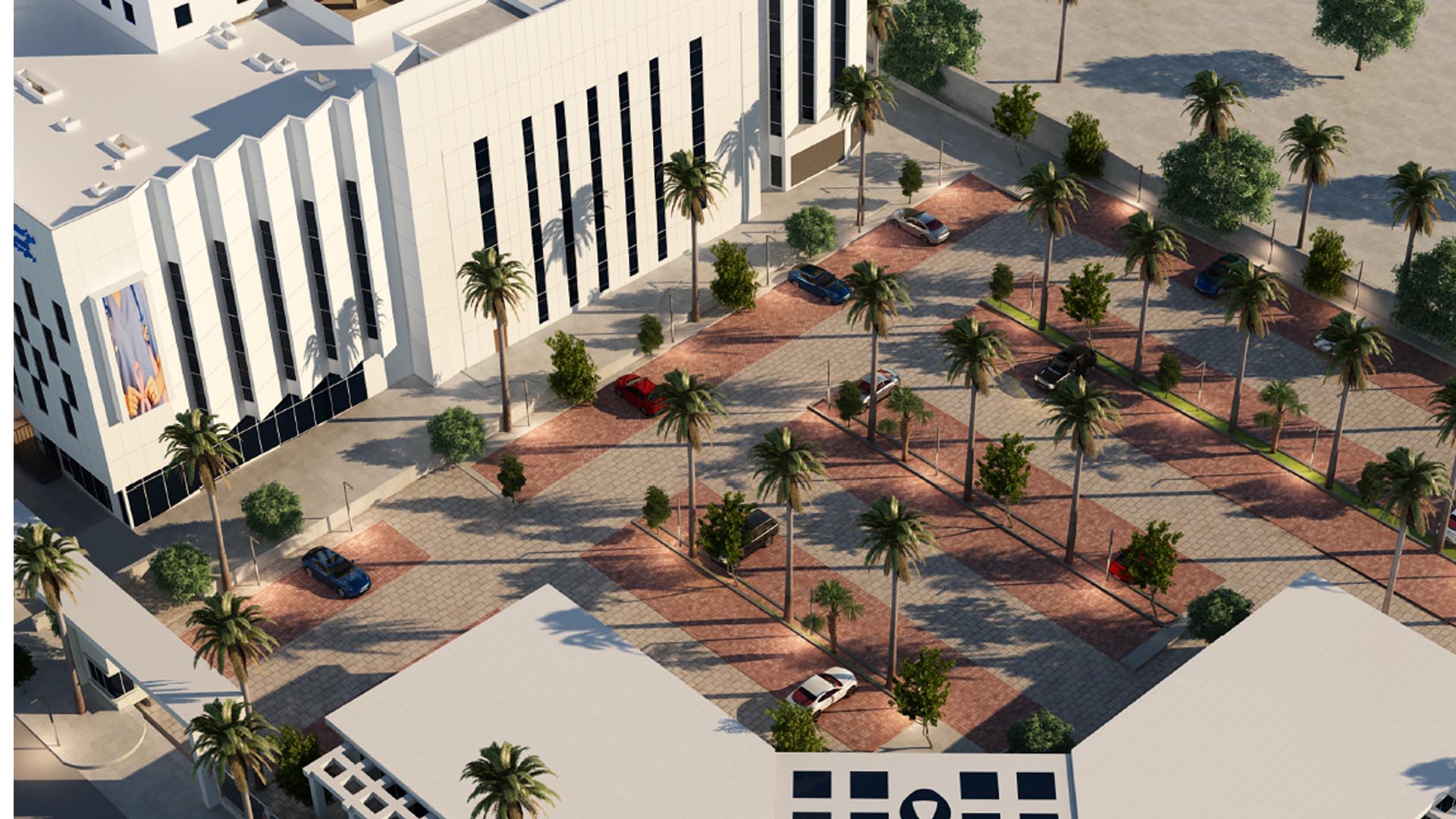
Government mandates to build green: a potential game-changer
But experts say the most important change to the Egyptian landscape would be strong government mandates to meet green requirements.
“Once a government mandate is in place, I believe the game will change 180 degrees,” said Tarek Attia, a professor at the National Housing and Building Research Centre (HBRC), Egypt’s center for research and policy development in the construction sector. “There will be a very high demand for green buildings, and green materials, building components, and electromechanical systems. [It] will start a real green building revolution in Egypt.”
According to Adel El Sabbagh, professor of design and production engineering at Ain Shams University’s Innovation Hub, producing green building materials locally would also help really move the needle.
“Imported materials and supplies are very expensive now, especially during the current economic conditions,” said El Sabbagh. “If green building materials could become more affordable, it would be more appealing for developers to build green buildings.”
However, additional steps aside, according to Onyango, the most important change will come as people better understand how their individual actions can help keep emissions low.
“The most important thing is that users of buildings have a better appreciation of how we interact with our external environment,” said Onyango. “All of the work we are doing is to bring that consideration to each and every individual, each and every day.”
Cheick-Oumar Sylla, IFC’s Regional Director for North Africa and the Horn of Africa, agreed, saying that “it will involve increasing individual mindfulness around the ways we use resources, a realization from the private sector that building green makes good business sense, and a supportive legislative framework. These key ingredients, when combined, could unlock a more resilient economy in a country brimming with opportunities.”
The iHub at Ain Shams university. Photo: EDGE.
The iHub at Ain Shams university. Photo: EDGE.
"Egypt’s national journey towards resource efficiency calls for a coming together on many levels.”
Published in June 2025
Further Reading

